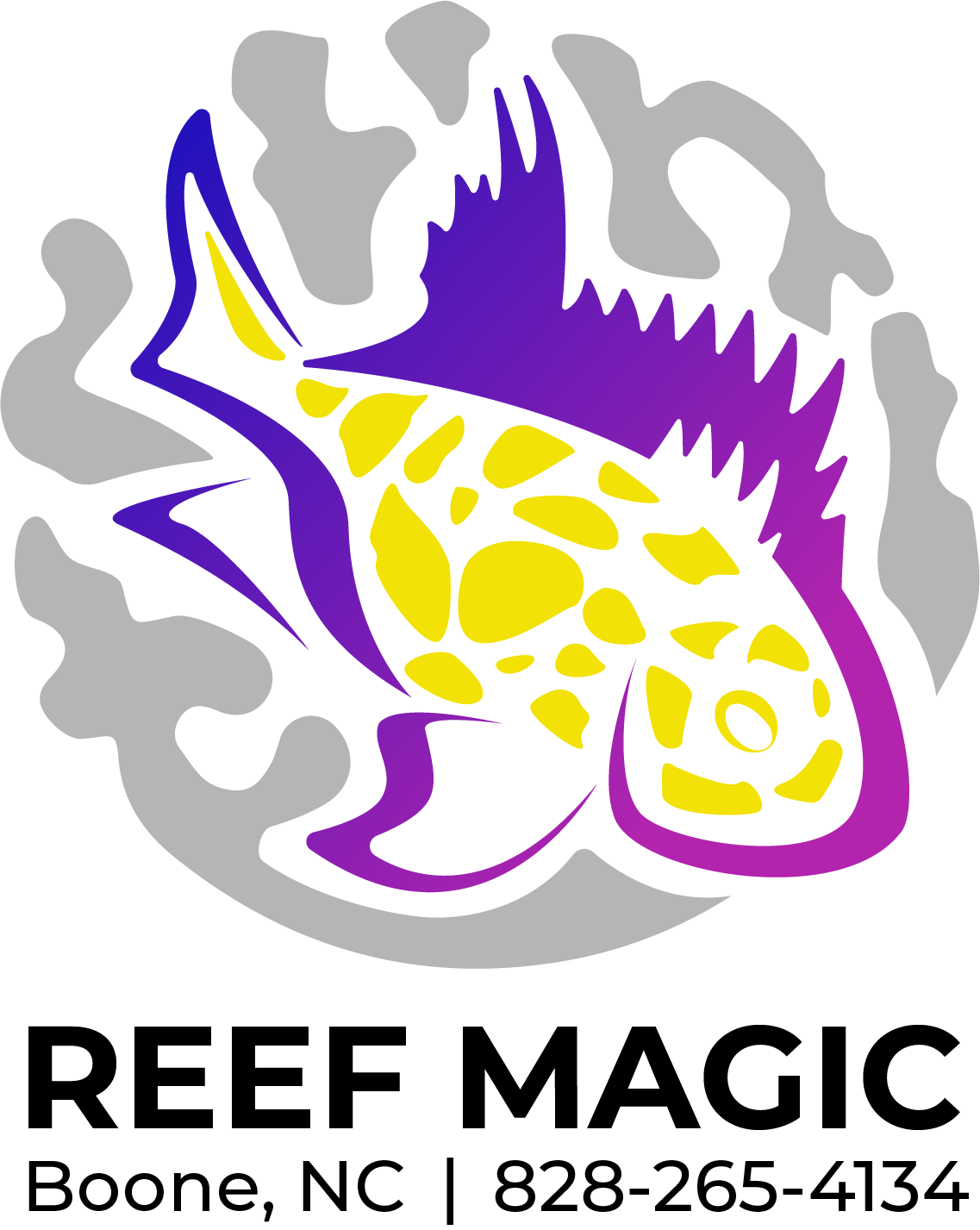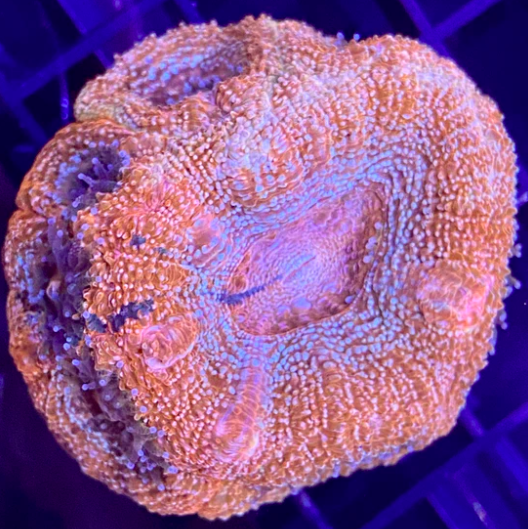 Image 1 of 1
Image 1 of 1


Bowerbanki - Samarai Rainbow
Bowerbanki corals, scientifically known as Euphyllia bowerbanki, are a beautiful species of LPS (Large Polyp Stony) coral that are highly valued for their vibrant colors and unique tentacle structure. They are often referred to as "Branching Hammer" corals due to their resemblance to Hammer corals. Here are care tips for Bowerbanki corals:
Water Parameters: Temperature: 74-80°F (23-27°C), Salinity: 1.023-1.025, pH: 8.1-8.4, Calcium: 380-450 ppm, Alkalinity: 8-12 dKH.
Lighting and Placement: Bowerbanki corals require moderate to high-intensity lighting. Metal halides, T5 fluorescent, or LED lights with a balanced spectrum are commonly used. Place them in the lower to middle part of the aquarium where they can receive moderate lighting. They can tolerate moderate water flow.
Feeding: Bowerbanki corals are primarily photosynthetic and obtain much of their nutrition from symbiotic zooxanthellae. However, they can also benefit from supplemental feeding. You can occasionally target feed them with meaty foods such as brine shrimp, mysis shrimp, or coral-specific liquid or powdered foods. Feed them once or twice a week.
Growth and Placement: Bowerbanki corals have branching tentacles that extend outward, giving them a unique and attractive appearance. When placing them in the aquarium, provide enough space for their expansion. They can be placed on the substrate or attached to rocks. Leave sufficient distance between Bowerbanki corals and other corals to prevent overcrowding and potential aggression.
Propagation of Bowerbanki corals can be done through fragmentation, where small pieces are carefully broken off and attached to plugs or rocks using fragging epoxy or other suitable methods.
Maintain stable water parameters, provide appropriate lighting, and ensure good water quality to support the health and growth of Bowerbanki corals. Regularly monitor their condition and growth, and be cautious with their placement to prevent damage or aggression from neighboring corals.
Bowerbanki corals, scientifically known as Euphyllia bowerbanki, are a beautiful species of LPS (Large Polyp Stony) coral that are highly valued for their vibrant colors and unique tentacle structure. They are often referred to as "Branching Hammer" corals due to their resemblance to Hammer corals. Here are care tips for Bowerbanki corals:
Water Parameters: Temperature: 74-80°F (23-27°C), Salinity: 1.023-1.025, pH: 8.1-8.4, Calcium: 380-450 ppm, Alkalinity: 8-12 dKH.
Lighting and Placement: Bowerbanki corals require moderate to high-intensity lighting. Metal halides, T5 fluorescent, or LED lights with a balanced spectrum are commonly used. Place them in the lower to middle part of the aquarium where they can receive moderate lighting. They can tolerate moderate water flow.
Feeding: Bowerbanki corals are primarily photosynthetic and obtain much of their nutrition from symbiotic zooxanthellae. However, they can also benefit from supplemental feeding. You can occasionally target feed them with meaty foods such as brine shrimp, mysis shrimp, or coral-specific liquid or powdered foods. Feed them once or twice a week.
Growth and Placement: Bowerbanki corals have branching tentacles that extend outward, giving them a unique and attractive appearance. When placing them in the aquarium, provide enough space for their expansion. They can be placed on the substrate or attached to rocks. Leave sufficient distance between Bowerbanki corals and other corals to prevent overcrowding and potential aggression.
Propagation of Bowerbanki corals can be done through fragmentation, where small pieces are carefully broken off and attached to plugs or rocks using fragging epoxy or other suitable methods.
Maintain stable water parameters, provide appropriate lighting, and ensure good water quality to support the health and growth of Bowerbanki corals. Regularly monitor their condition and growth, and be cautious with their placement to prevent damage or aggression from neighboring corals.






